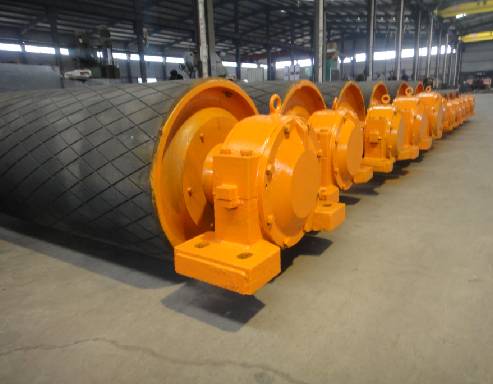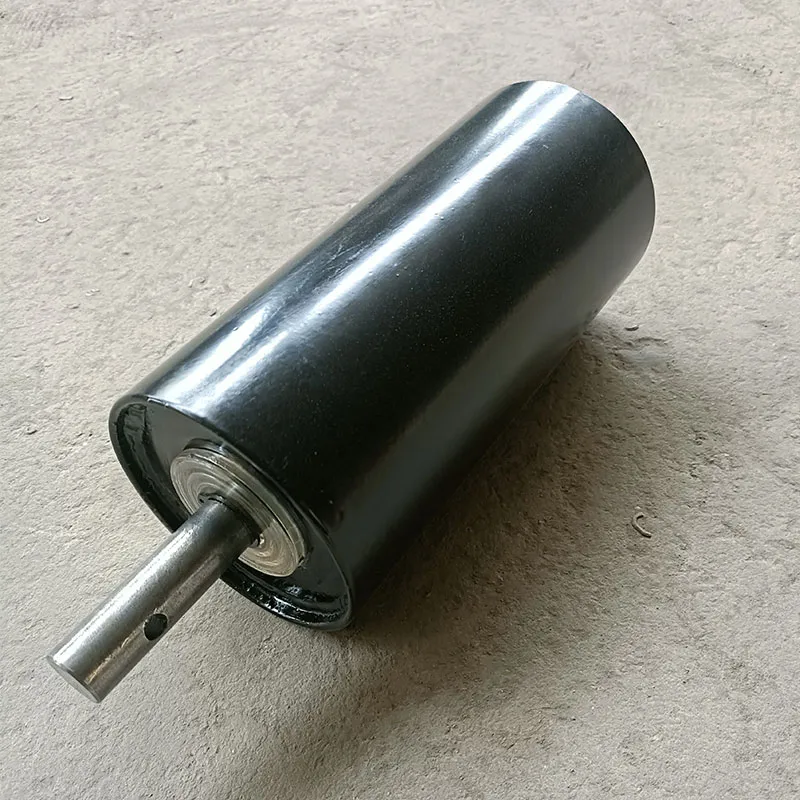 Afrikaans
Afrikaans  Albanian
Albanian  Amharic
Amharic  Arabic
Arabic  Armenian
Armenian  Azerbaijani
Azerbaijani  Basque
Basque  Belarusian
Belarusian  Bengali
Bengali  Bosnian
Bosnian  Bulgarian
Bulgarian  Catalan
Catalan  Cebuano
Cebuano  Corsican
Corsican  Croatian
Croatian  Czech
Czech  Danish
Danish  Dutch
Dutch  English
English  Esperanto
Esperanto  Estonian
Estonian  Finnish
Finnish  French
French  Frisian
Frisian  Galician
Galician  Georgian
Georgian  German
German  Greek
Greek  Gujarati
Gujarati  Haitian Creole
Haitian Creole  hausa
hausa  hawaiian
hawaiian  Hebrew
Hebrew  Hindi
Hindi  Miao
Miao  Hungarian
Hungarian  Icelandic
Icelandic  igbo
igbo  Indonesian
Indonesian  irish
irish  Italian
Italian  Japanese
Japanese  Javanese
Javanese  Kannada
Kannada  kazakh
kazakh  Khmer
Khmer  Rwandese
Rwandese  Korean
Korean  Kurdish
Kurdish  Kyrgyz
Kyrgyz  Lao
Lao  Latin
Latin  Latvian
Latvian  Lithuanian
Lithuanian  Luxembourgish
Luxembourgish  Macedonian
Macedonian  Malgashi
Malgashi  Malay
Malay  Malayalam
Malayalam  Maltese
Maltese  Maori
Maori  Marathi
Marathi  Mongolian
Mongolian  Myanmar
Myanmar  Nepali
Nepali  Norwegian
Norwegian  Norwegian
Norwegian  Occitan
Occitan  Pashto
Pashto  Persian
Persian  Polish
Polish  Portuguese
Portuguese  Punjabi
Punjabi  Romanian
Romanian  Russian
Russian  Samoan
Samoan  Scottish Gaelic
Scottish Gaelic  Serbian
Serbian  Sesotho
Sesotho  Shona
Shona  Sindhi
Sindhi  Sinhala
Sinhala  Slovak
Slovak  Slovenian
Slovenian  Somali
Somali  Spanish
Spanish  Sundanese
Sundanese  Swahili
Swahili  Swedish
Swedish  Tagalog
Tagalog  Tajik
Tajik  Tamil
Tamil  Tatar
Tatar  Telugu
Telugu  Thai
Thai  Turkish
Turkish  Turkmen
Turkmen  Ukrainian
Ukrainian  Urdu
Urdu  Uighur
Uighur  Uzbek
Uzbek  Vietnamese
Vietnamese  Welsh
Welsh  Bantu
Bantu  Yiddish
Yiddish  Yoruba
Yoruba  Zulu
Zulu Mar . 04, 2025 03:25
Back to list
v belt drive pulley
Belt drive pulleys are a crucial component in various mechanical systems, translating rotational energy from one shaft to another. Understanding the different types of belt drive pulleys enhances not only the efficiency of a system but also its longevity. In this guide, we explore the various types of belt drive pulleys and their applications, aiming to provide an authoritative resource that highlights trustworthy insights backed by real-world expertise.
Variable speed pulleys provide flexibility in operations demanding adjustable speed control. These pulleys come equipped with a movable flange allowing for variable belt positioning, subsequently altering the system’s speed. Manufacturing processes requiring varying speeds benefit significantly from these pulleys, finding extensive usage in lathes and milling machines. Round belt pulleys are primarily embraced in lighter-duty applications, particularly in small appliances or select electronic devices. The round belt provides smooth operation and is cost-effective to produce. These pulleys are integral in environments where noise reduction and smooth operation are pivotal, such as in domestic appliances and light machinery. Stack or multi-groove pulleys increase a system's complexity and capability by allowing the accommodation of multiple or broader belts. This type of pulley can either drive multiple components simultaneously or handle larger torque requirements in industrial setups. Their robust nature makes them suitable for complex manufacturing systems and large-scale conveyor belts. In conclusion, the type of belt drive pulley deployed in a mechanical setup profoundly impacts the performance, efficiency, and reliability of the system. Choosing the right pulley necessitates an understanding of the operational demands, the nature of the application, and desired outcomes. Engineers and industry specialists continually invest in pulley technology innovation, ensuring modern pulley systems meet the sophisticated needs of various sectors efficiently. By selecting the right type of belt drive pulley, businesses can achieve enhanced productivity and efficiency while minimizing operational risks, reflecting the true power of informed technical decisions.


Variable speed pulleys provide flexibility in operations demanding adjustable speed control. These pulleys come equipped with a movable flange allowing for variable belt positioning, subsequently altering the system’s speed. Manufacturing processes requiring varying speeds benefit significantly from these pulleys, finding extensive usage in lathes and milling machines. Round belt pulleys are primarily embraced in lighter-duty applications, particularly in small appliances or select electronic devices. The round belt provides smooth operation and is cost-effective to produce. These pulleys are integral in environments where noise reduction and smooth operation are pivotal, such as in domestic appliances and light machinery. Stack or multi-groove pulleys increase a system's complexity and capability by allowing the accommodation of multiple or broader belts. This type of pulley can either drive multiple components simultaneously or handle larger torque requirements in industrial setups. Their robust nature makes them suitable for complex manufacturing systems and large-scale conveyor belts. In conclusion, the type of belt drive pulley deployed in a mechanical setup profoundly impacts the performance, efficiency, and reliability of the system. Choosing the right pulley necessitates an understanding of the operational demands, the nature of the application, and desired outcomes. Engineers and industry specialists continually invest in pulley technology innovation, ensuring modern pulley systems meet the sophisticated needs of various sectors efficiently. By selecting the right type of belt drive pulley, businesses can achieve enhanced productivity and efficiency while minimizing operational risks, reflecting the true power of informed technical decisions.
Next:
Latest news
-
Revolutionizing Conveyor Reliability with Advanced Rubber Lagging PulleysNewsJul.22,2025
-
Powering Precision and Durability with Expert Manufacturers of Conveyor ComponentsNewsJul.22,2025
-
Optimizing Conveyor Systems with Advanced Conveyor AccessoriesNewsJul.22,2025
-
Maximize Conveyor Efficiency with Quality Conveyor Idler PulleysNewsJul.22,2025
-
Future-Proof Your Conveyor System with High-Performance Polyurethane RollerNewsJul.22,2025
-
Driving Efficiency Forward with Quality Idlers and RollersNewsJul.22,2025
OUR PRODUCTS





























